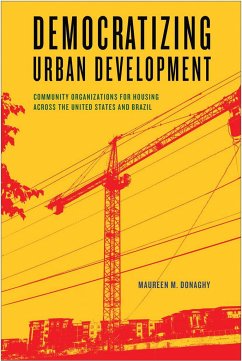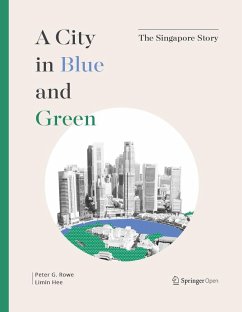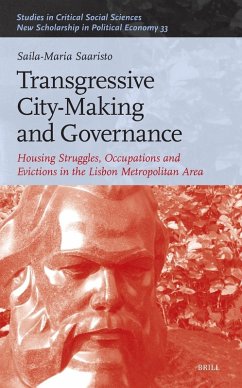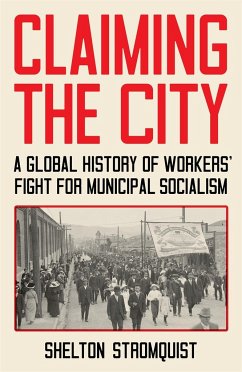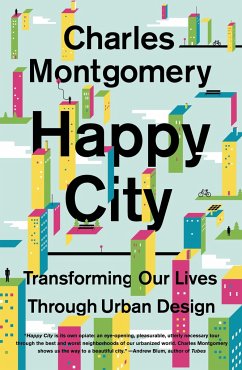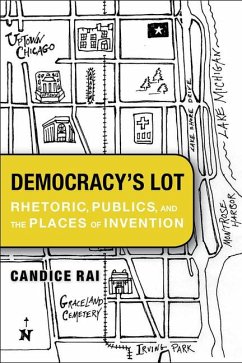Nicht lieferbar
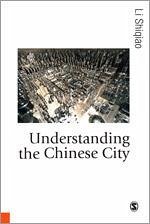
Understanding the Chinese City
This book teaches us to read the contemporary Chinese city. Li Shiqiao deftly crafts a new theory of the Chinese city and the dynamics of urbanization by: * examining how the Chinese city has been shaped by the figuration of the writing system * analyzing the continuing importance of the family and its barriers of protection against real and imagined dangers * exploring the meanings of labour, and the resultant numerical and financial hierarchies * demonstrating how actual structures bring into visual being the conceptions of numerical distributions, safety networks, and aesthetic orders. Unde...
This book teaches us to read the contemporary Chinese city. Li Shiqiao deftly crafts a new theory of the Chinese city and the dynamics of urbanization by: * examining how the Chinese city has been shaped by the figuration of the writing system * analyzing the continuing importance of the family and its barriers of protection against real and imagined dangers * exploring the meanings of labour, and the resultant numerical and financial hierarchies * demonstrating how actual structures bring into visual being the conceptions of numerical distributions, safety networks, and aesthetic orders. Understanding the Chinese City elegantly traces a thread between ancient Chinese city formations and current urban organizations, revealing hidden continuities that show how instrumental the past has been in forming the present. It contextualizes Chinese urban experiences in relation to familiar intellectual landmarks. Rather than becoming obstacles to change, ancient practices have become effective strategies of adaptation under radically new terms.






